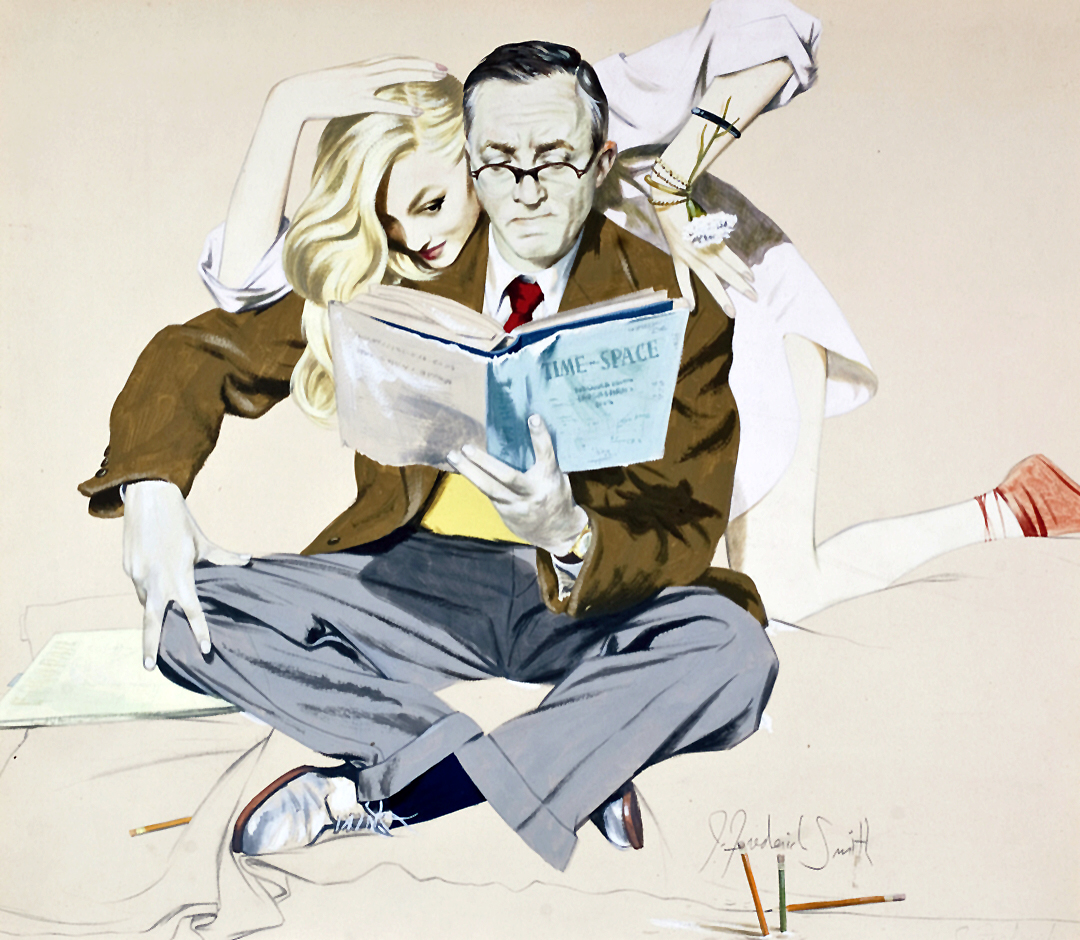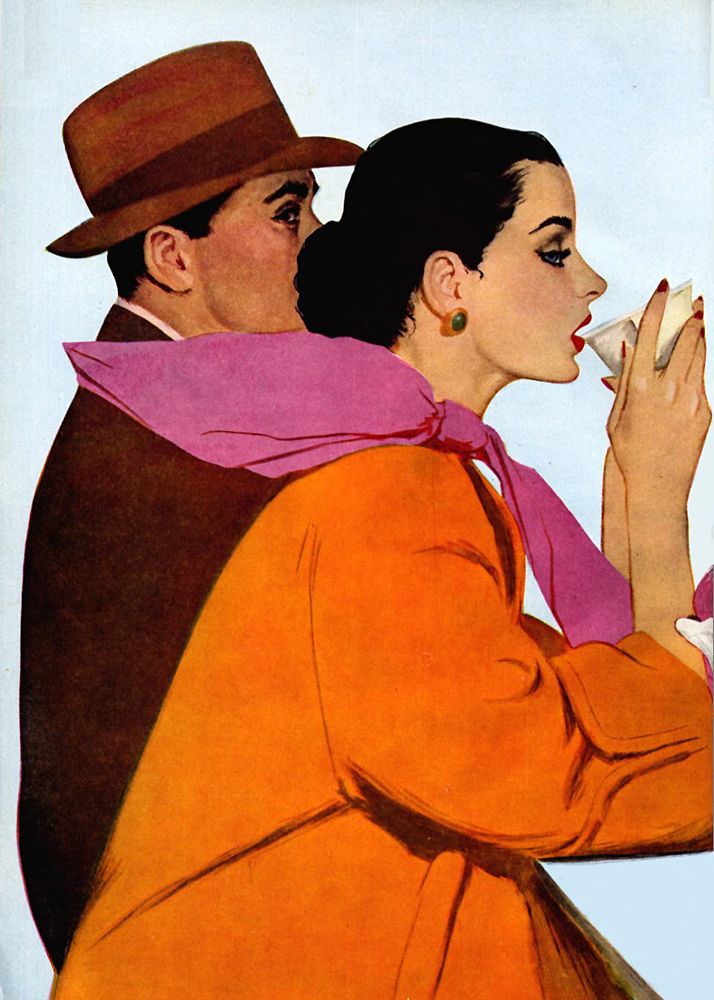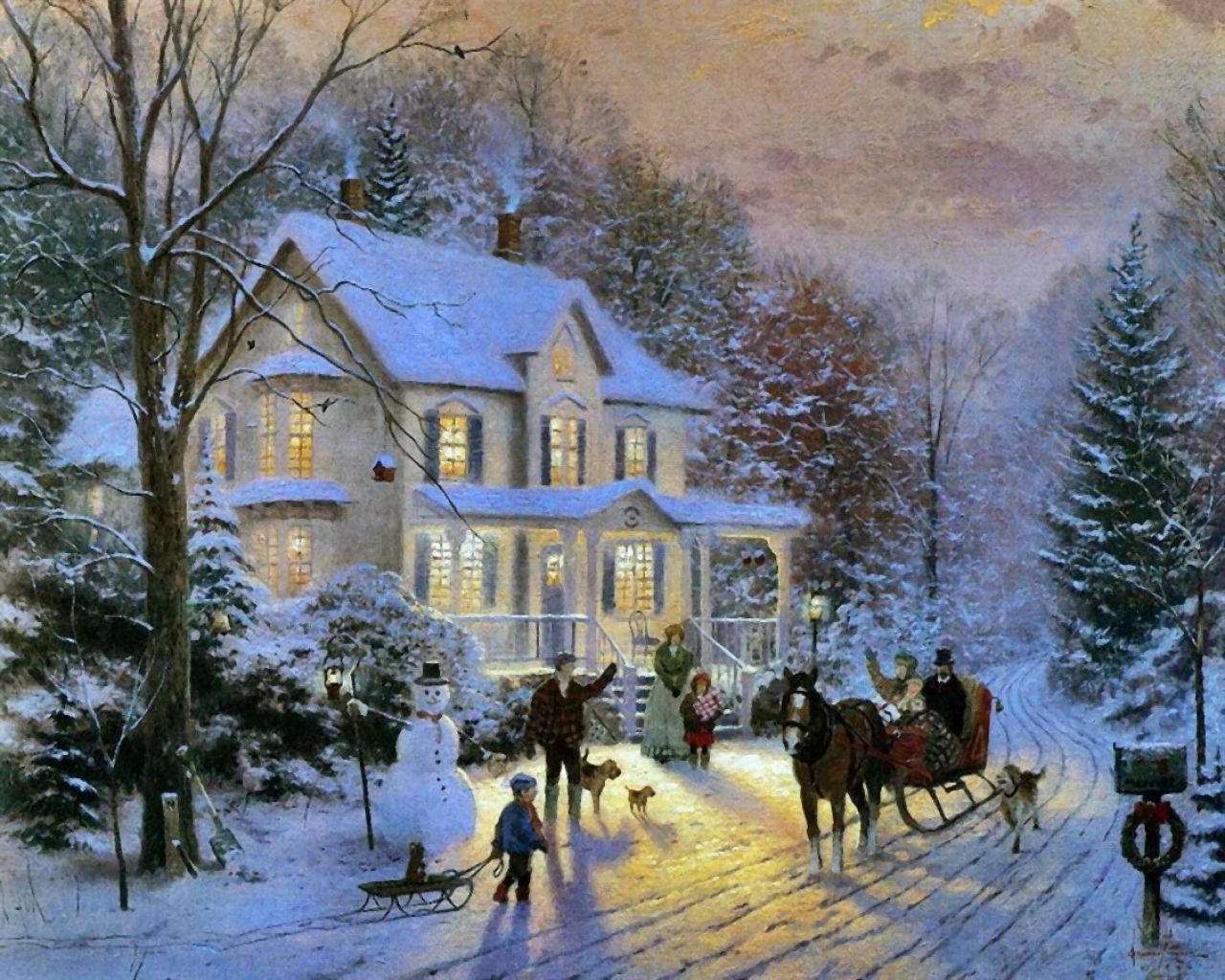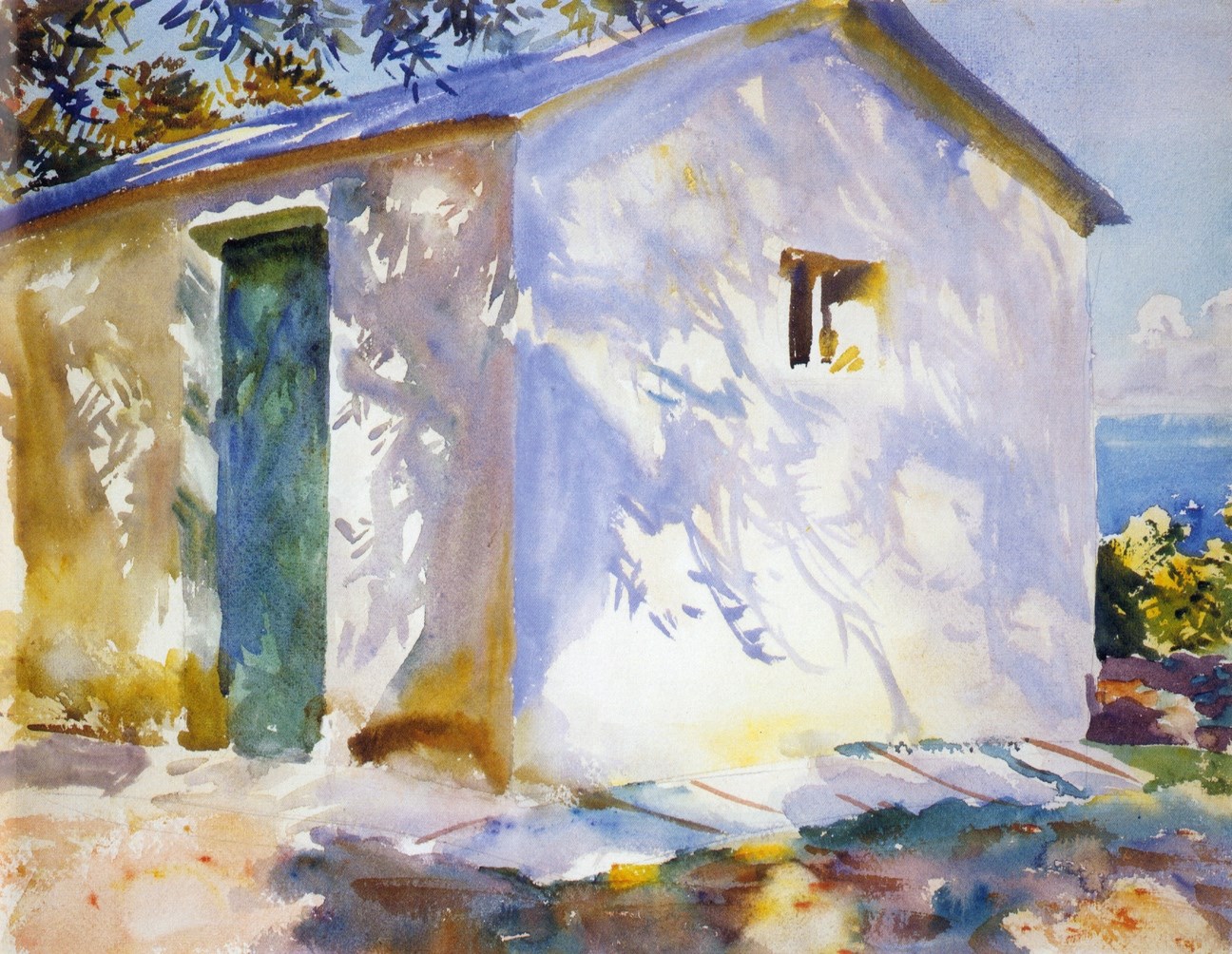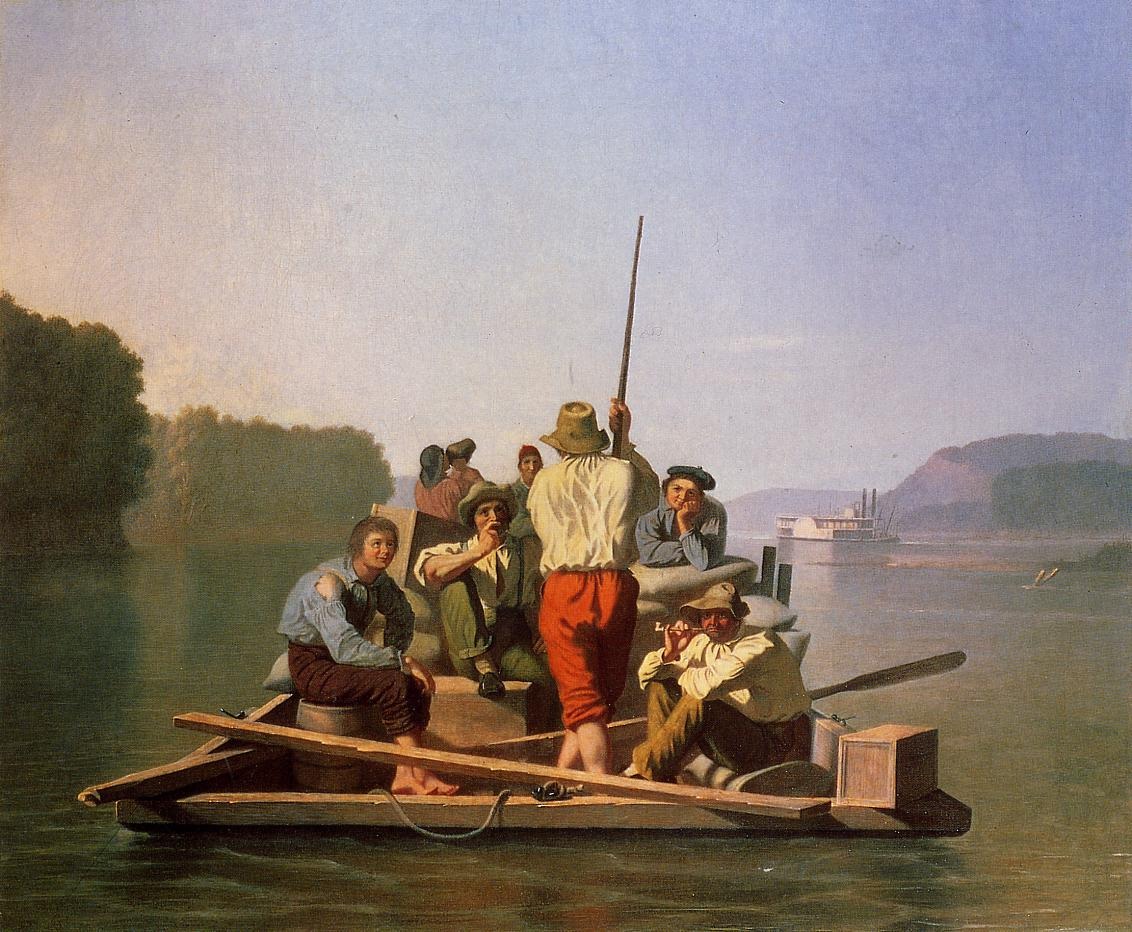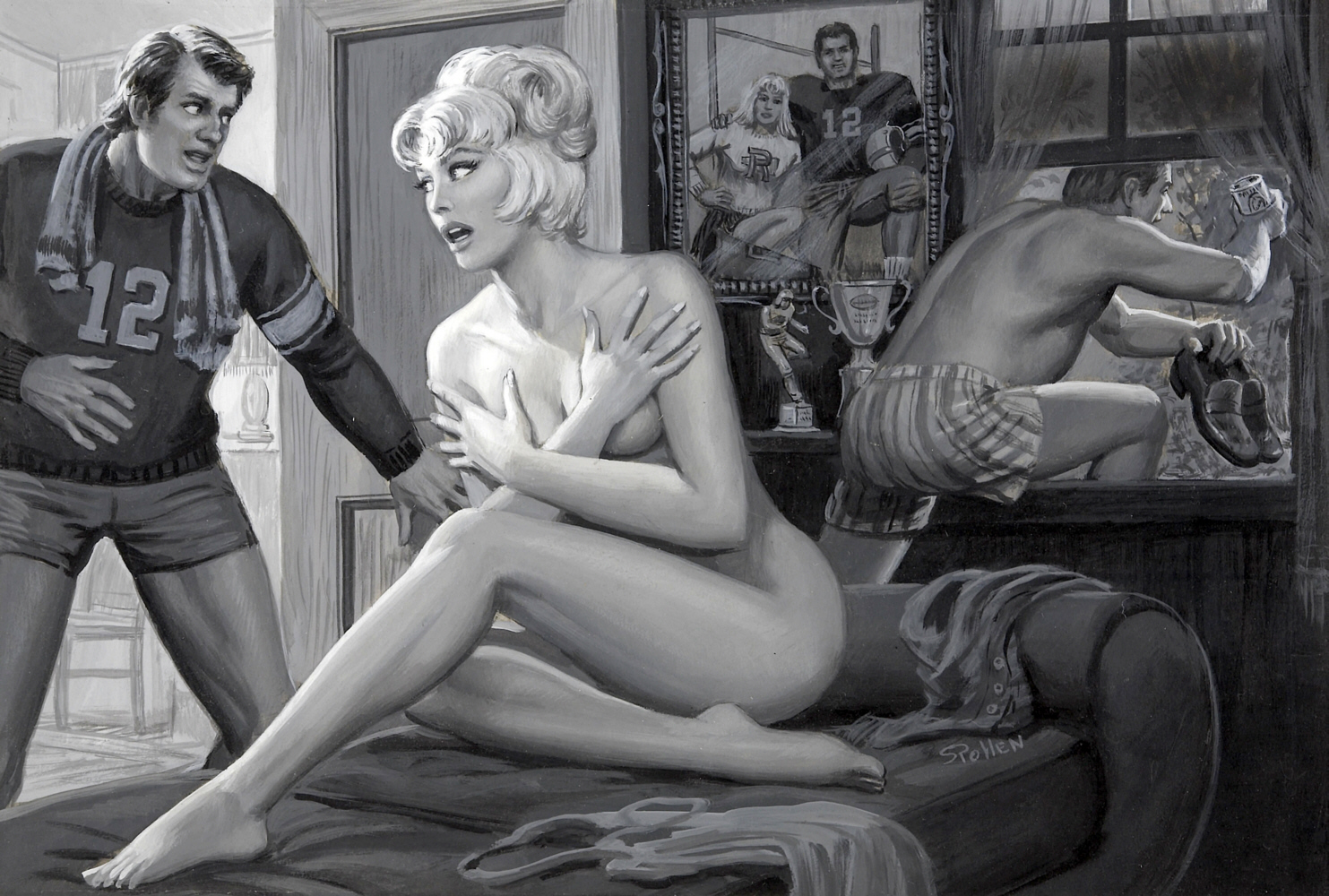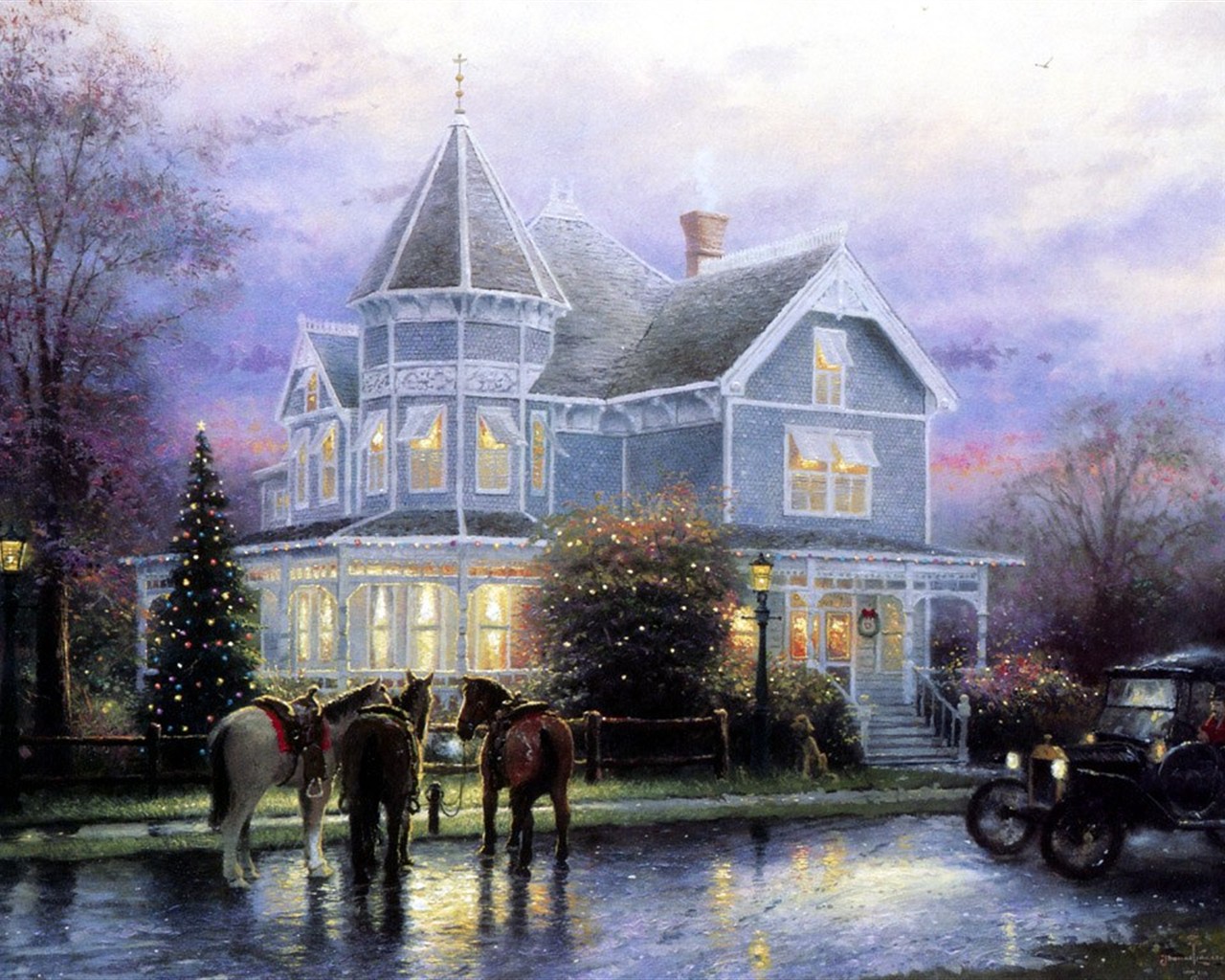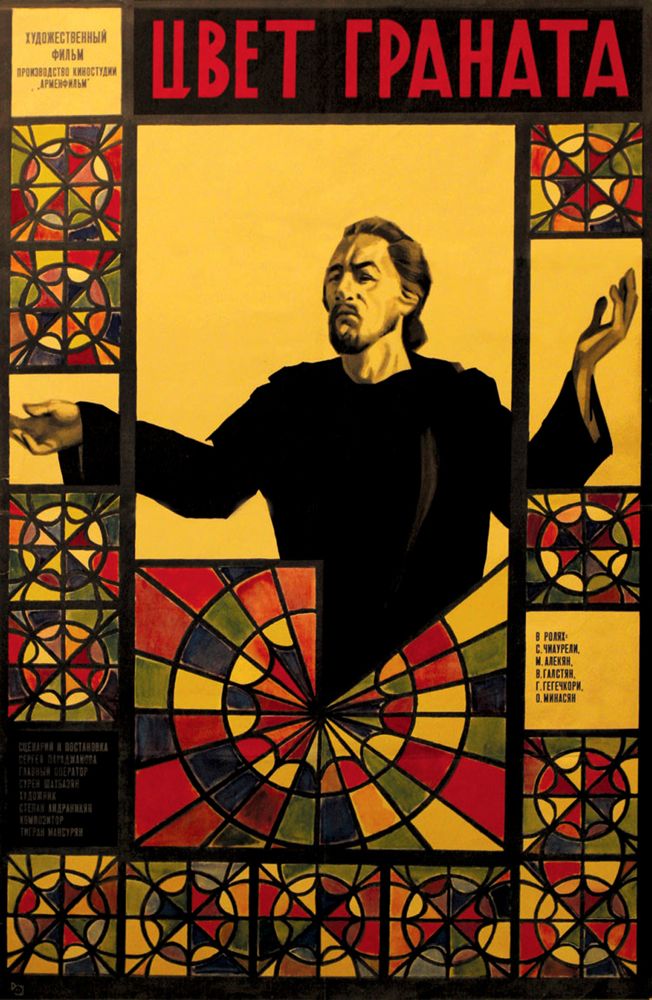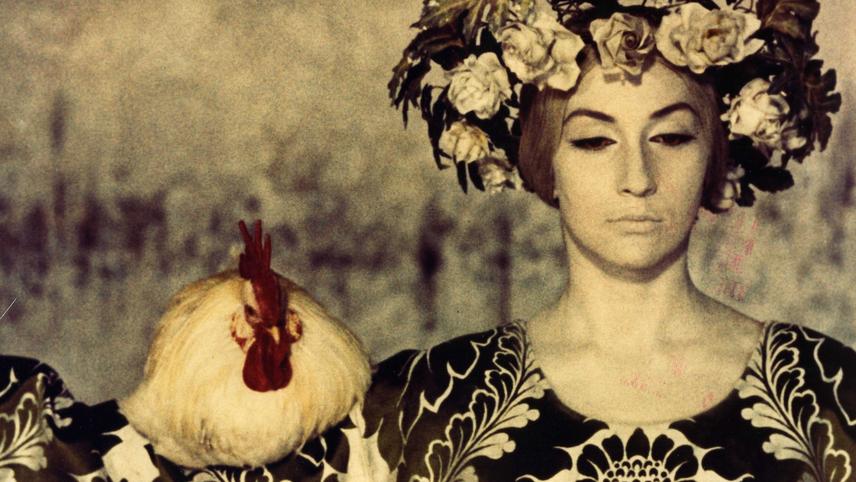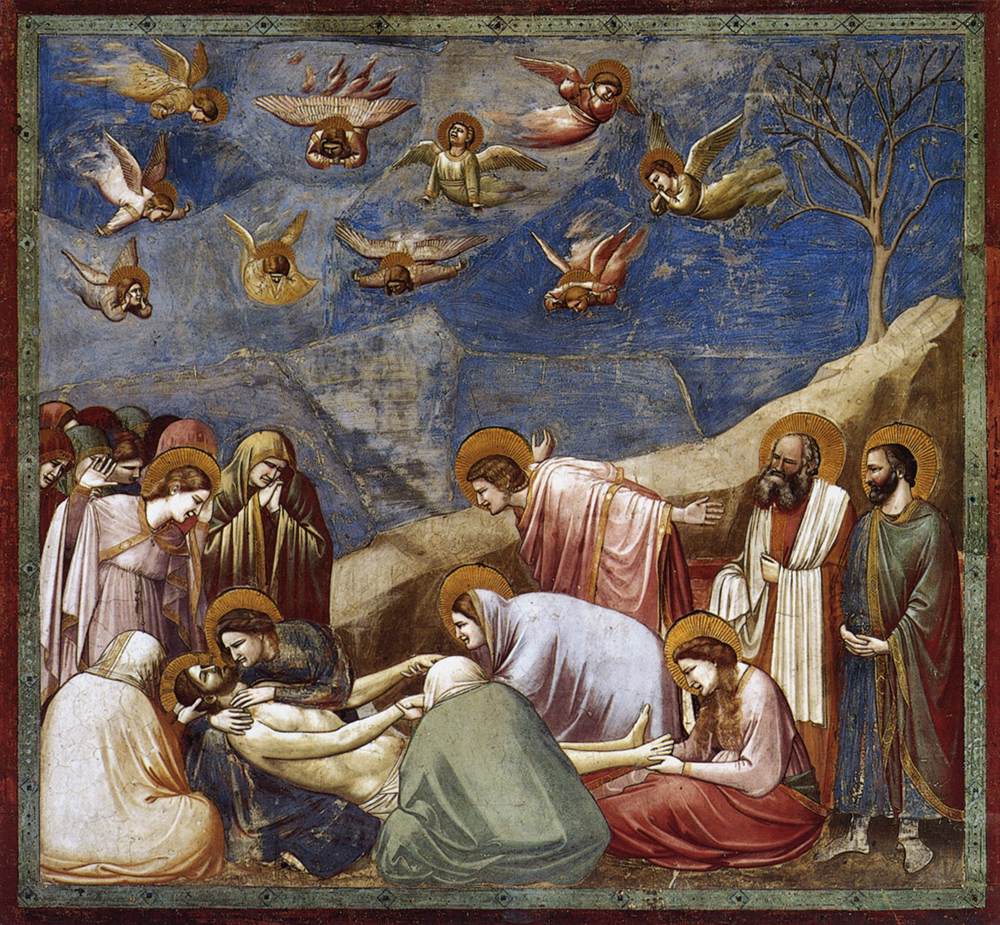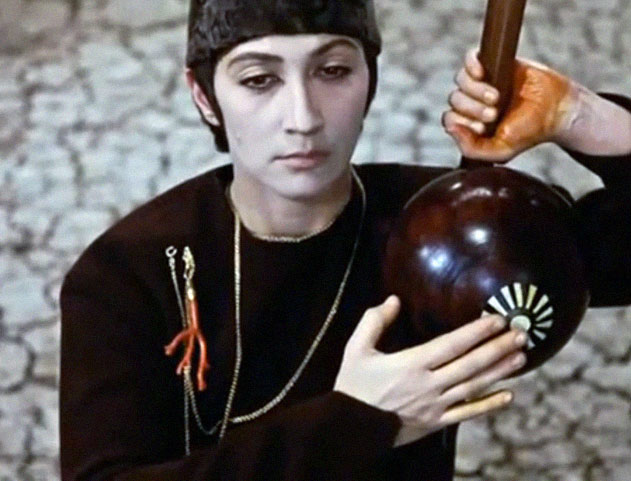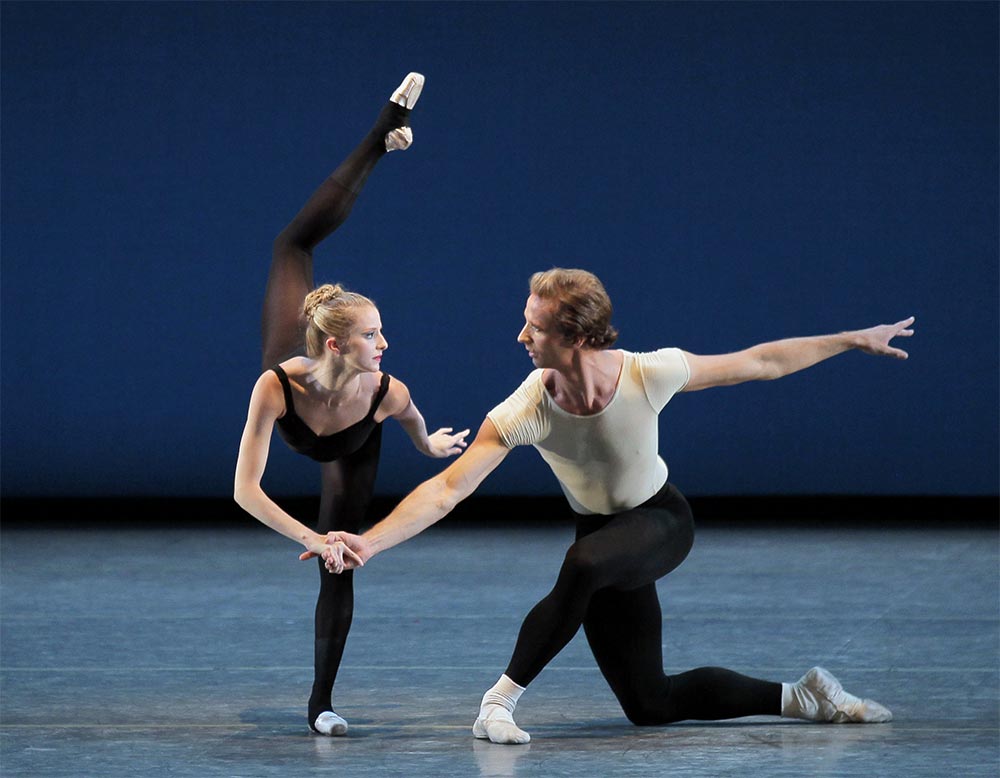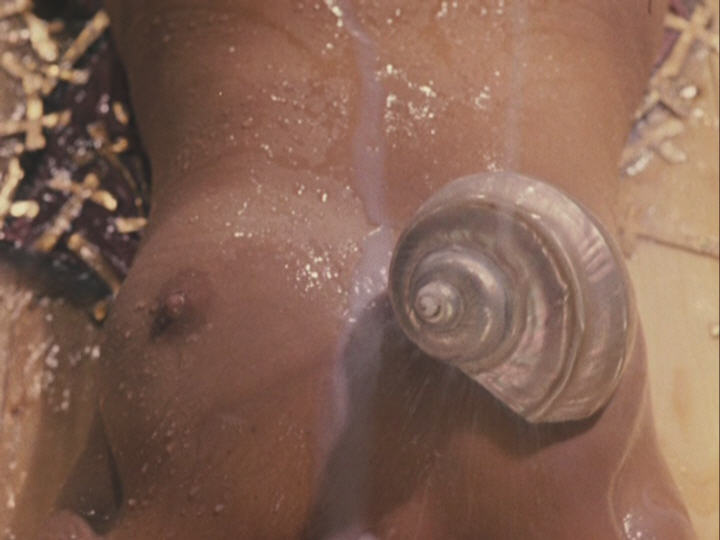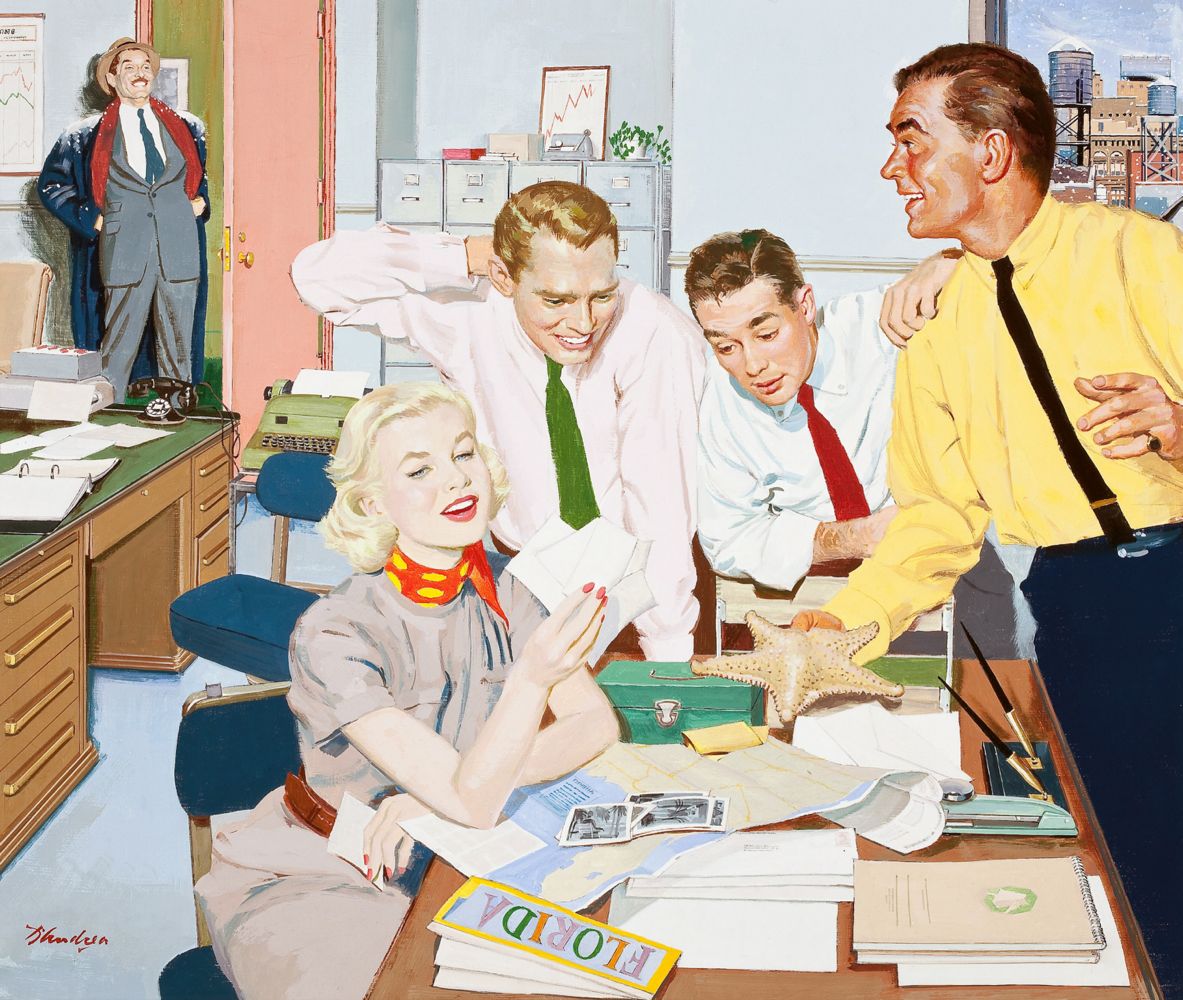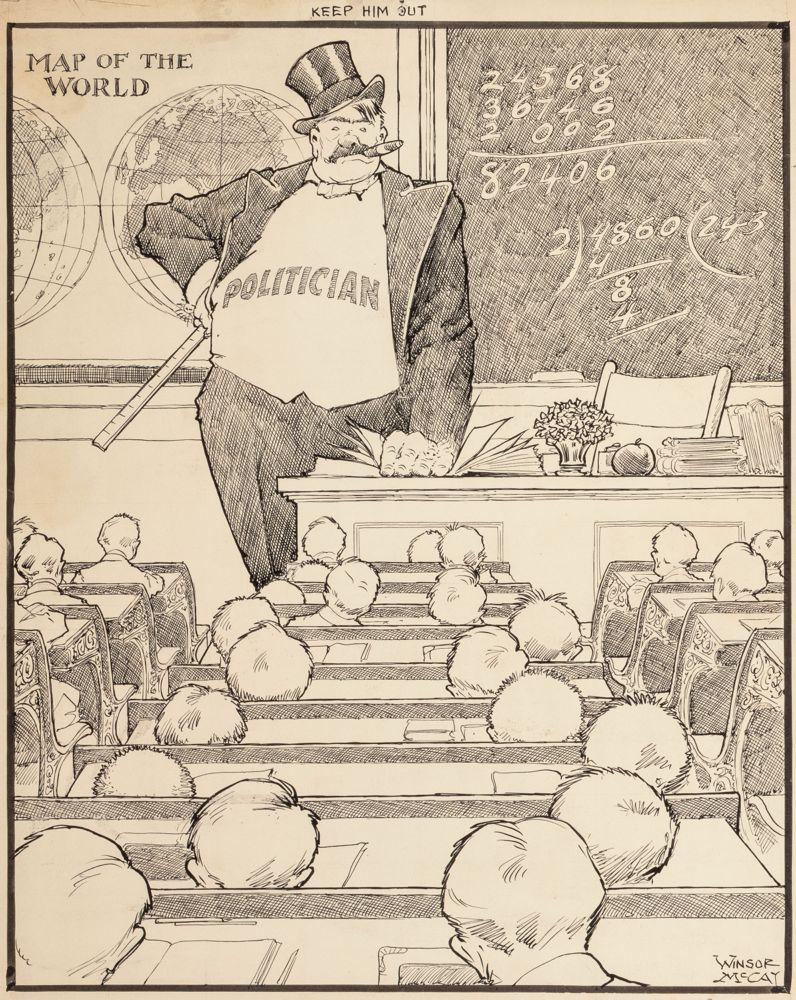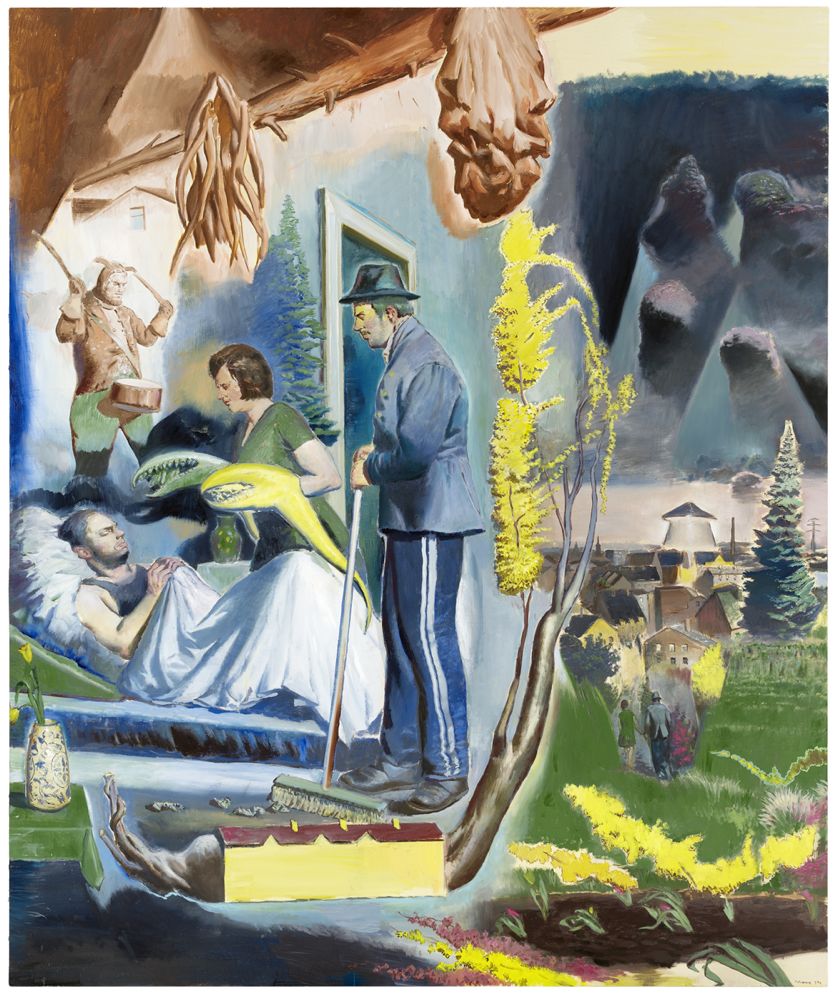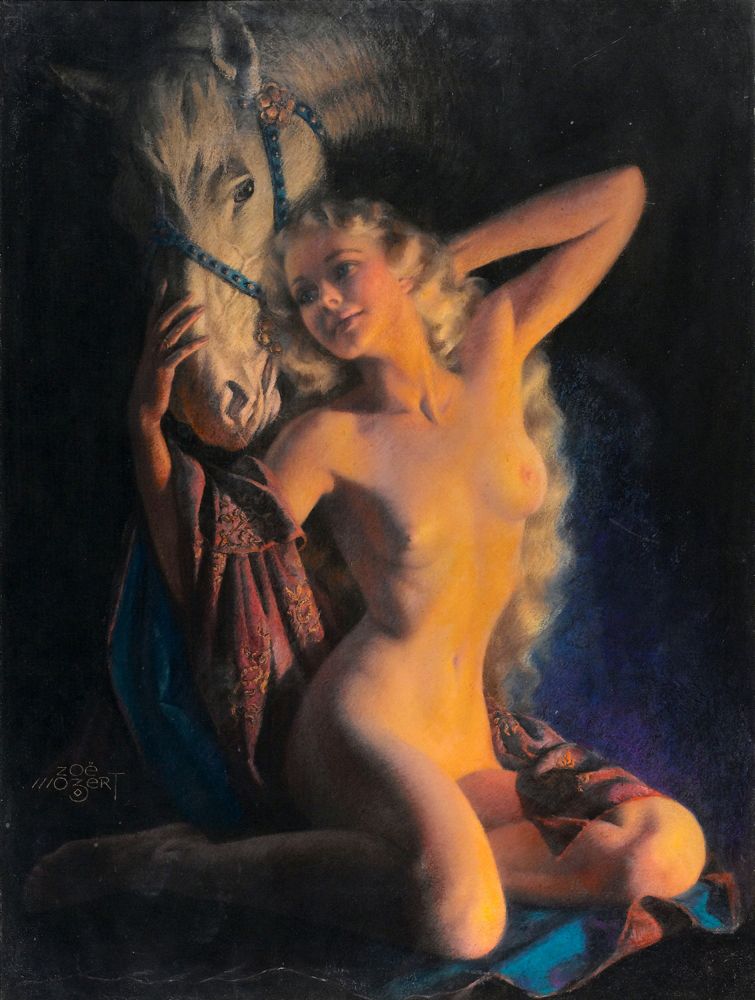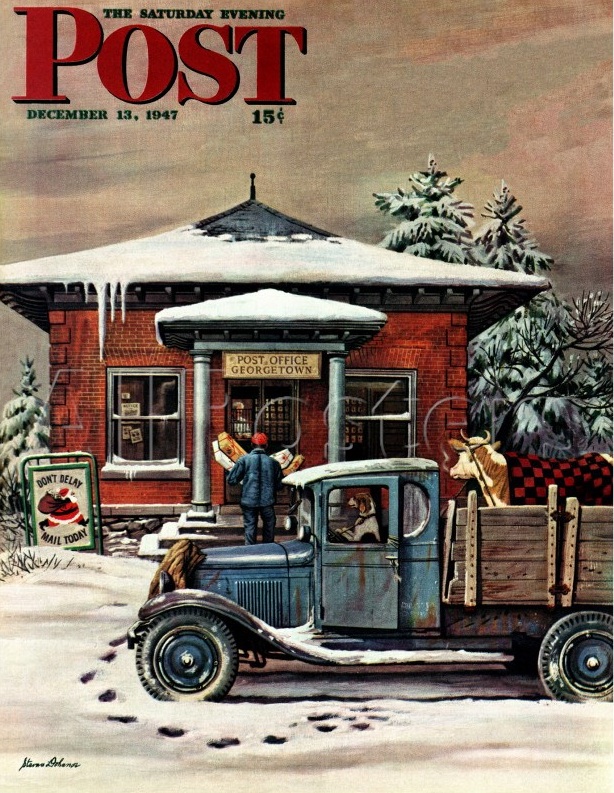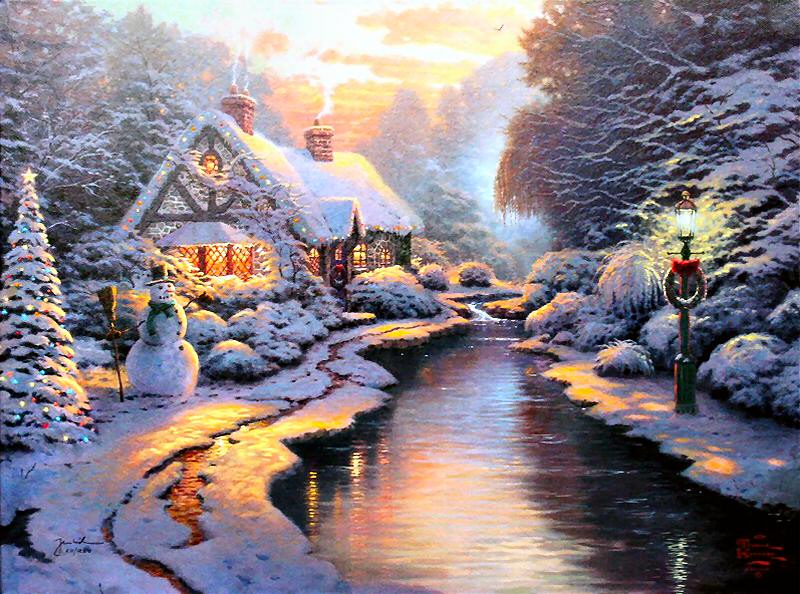Click on the image to enlarge.
Category Archives: Art
A COBY WHITMORE FOR TODAY
A THOMAS KINKADE FOR TODAY
A JOHN SINGER SARGENT FOR TODAY
A GEORGE CALEB BINGHAM FOR TODAY
A SAMSON POLLEN FOR TODAY
A THOMAS KINKADE FOR TODAY
THE COLOR OF POMEGRANATES
This movie, by Sergei Parajanov, is an avalanche of beautiful and astonishing images. What they signify individually or add up to collectively is not so clear, but maybe not important, either.
They are so wonderfully and imaginatively composed and lit that they have the authority of brilliant paintings — but they also integrate elegant, stylized movement, which imbues them with the authority of brilliant ballets.
The film seems to point the way towards, and sometimes realize, a radically new vision of cinematic practice. Many avant-garde films have been purely imagistic, conceptually speaking, but few have consistently created images as finished and powerful as those in this film. You forget the concept and get lost in the individual shots.
The images are hard to analyze. They sometimes have the static gravity of religious icons, sometimes the spooky eccentricity of de Chirico’s dreamscapes, sometimes the simple grandeur of Giotto’s frescos. They are unclassifiable but oddly familiar within the traditions of Western art.
The film claims to be the biography of a poet told in the terms of the poet’s imagination, the poet’s imagery. This is not a persuasive claim. No poet sees or experiences his or her whole life in poetic terms, no one can sum up the life of a poet in purely poetic terms. By rights the movie ought to be either a poetic biography or a biographical poem, but it is neither. It’s really just an excuse to make beautiful and astonishing images.
[Photo © Paul Kolnik]
George Balanchine claimed that he never made abstract, non-narrative ballets. He said, “A boy meets a girl, he loses the girl, he gets the girl back. How much story do you want?” The Color Of Pomegranates has even less story than that — it’s just a progression from childhood to maturity to death. But how much story do you want?
(Curiously, both Balanchine and Parajanov were born in Tbilisi, Georgia, though of different ethnic backgrounds.)
The miracle of the film is that it rivets your attention in the absence of a driving narrative — just by virtue of its pictorial inventiveness and cinematic virtuosity. It may not add up to much but pure pleasure — but when have you ever had your fill of that?
[Ironically, this visual tour de force, important to so many important directors of the 20th Century, is only available in a mediocre DVD transfer of a mediocre print — almost not worth watching in that form.]

